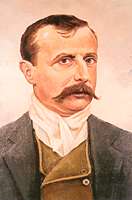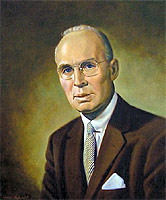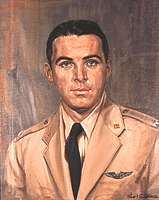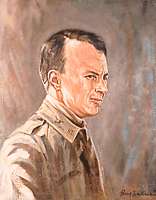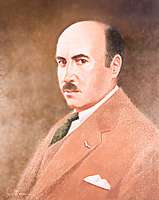Louis Blériot
Inducted in 1973
First To Pilot A Plane Across The English Channel, 1909
1872 – 1936
Frenchman Louis Blériot successfully flew across the English Channel in a small, 25-horsepower monoplane of his own design. He beat rival Hubert Latham, who had aborted an earlier attempt, thereby winning the London Daily Mail prize of 1,000 pounds.
Blériot had amassed a modest fortune inventing automobile lights and accessories before becoming interested in aviation. Initially he experimented by towing gliders over the Seine River and then began designing airplane models.
The Daily Mail prize offering prompted Blériot to attempt the crossing. He established a headquarters near Calais, France, and waited for the poor weather conditions to break. When he noticed a slight drop in the winds, he quickly readied the frail “No. XI” for flight. On July 25, 1909, at 4:35 a.m., he took off into the murky sky and headed northward in the general direction of England.
Alone […]

